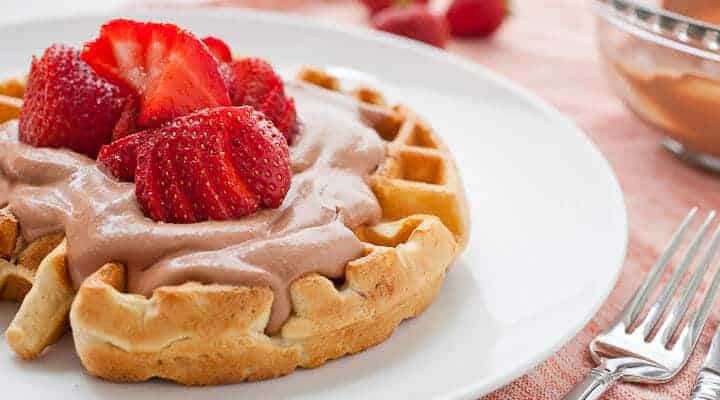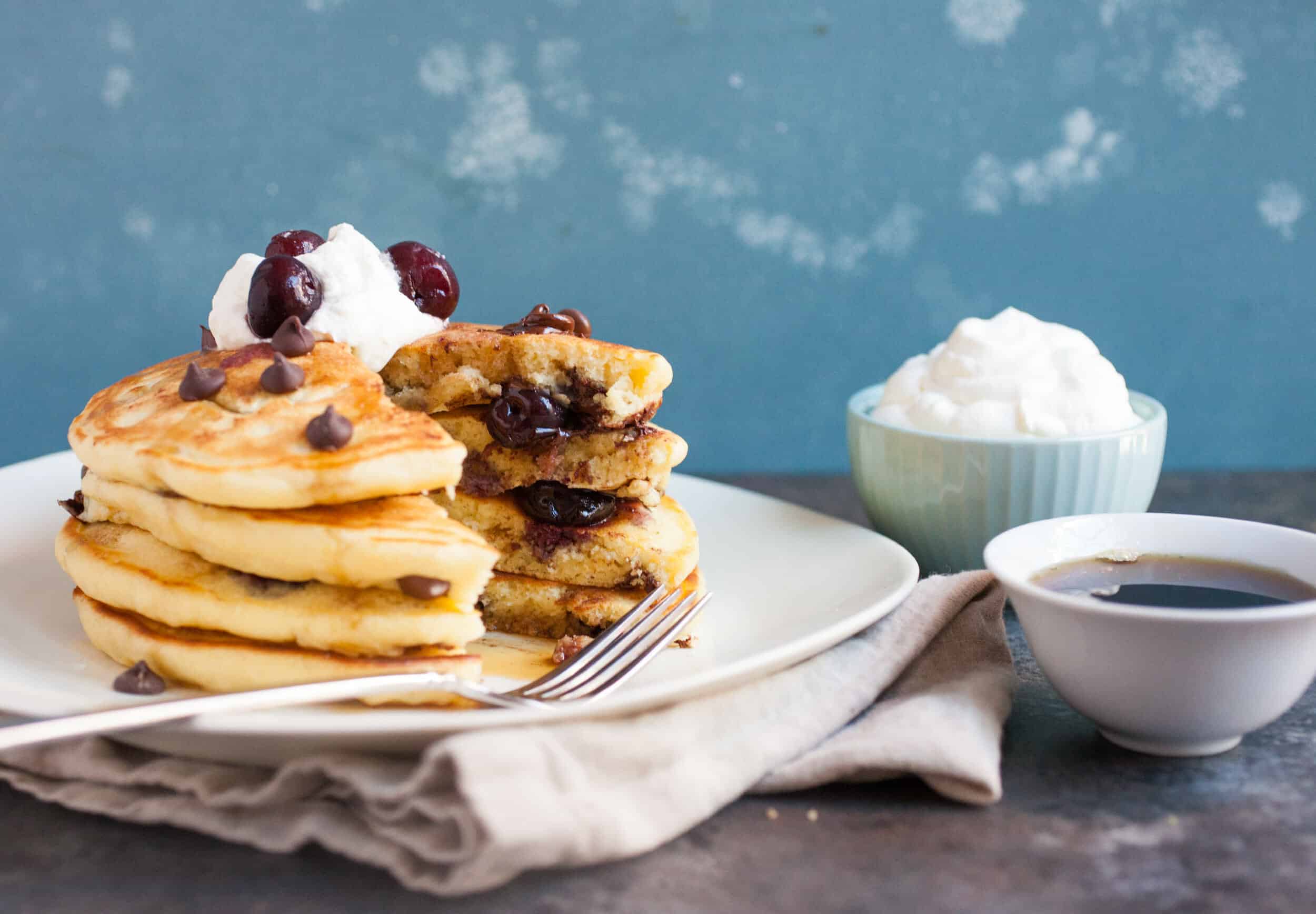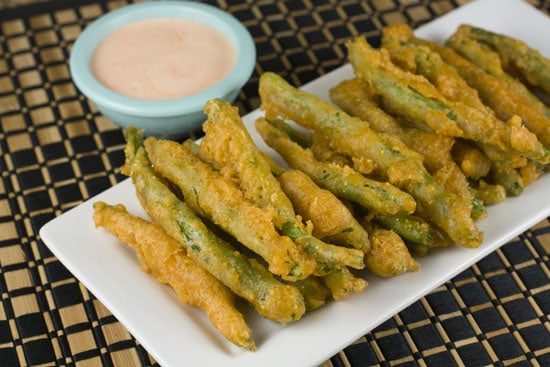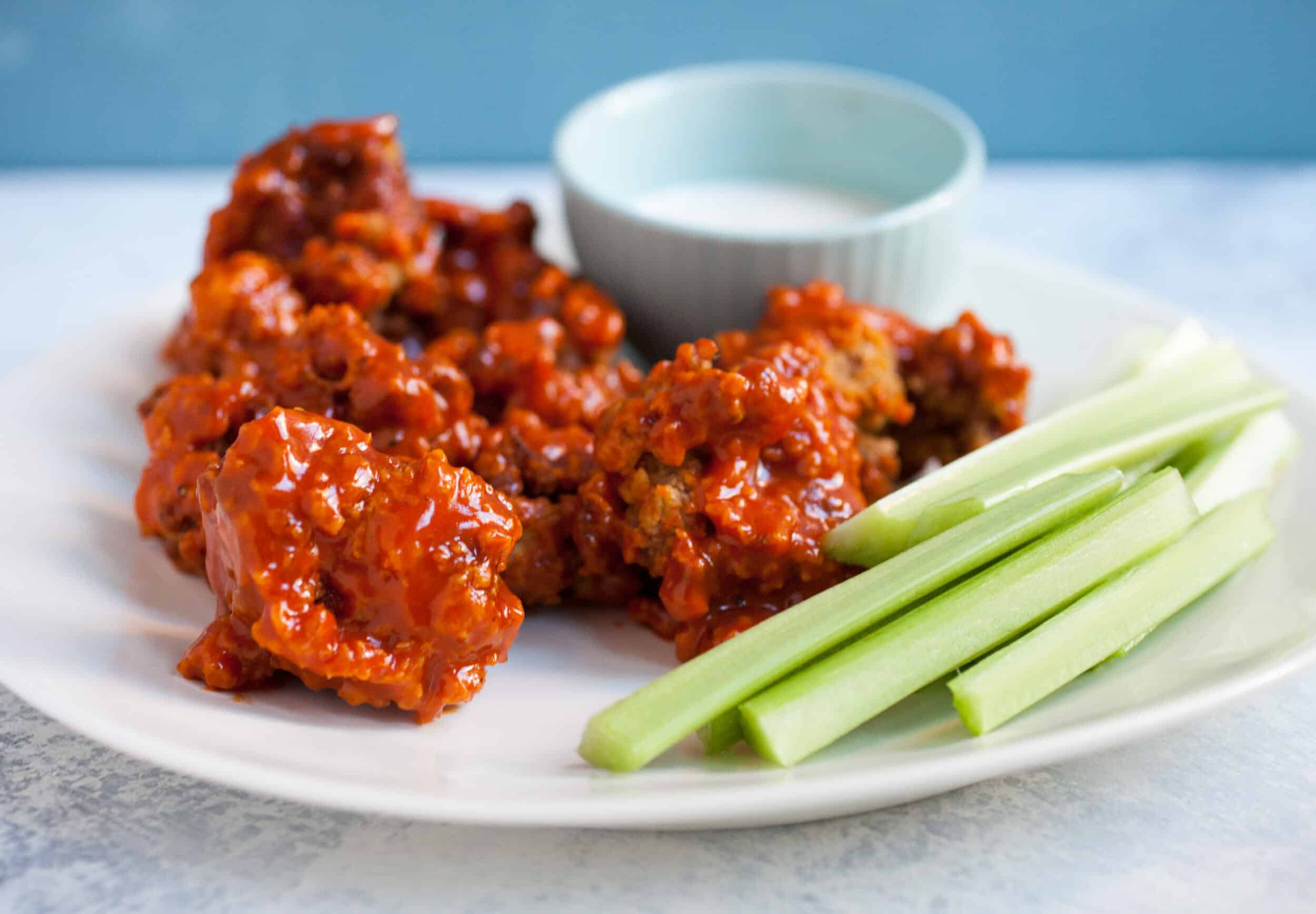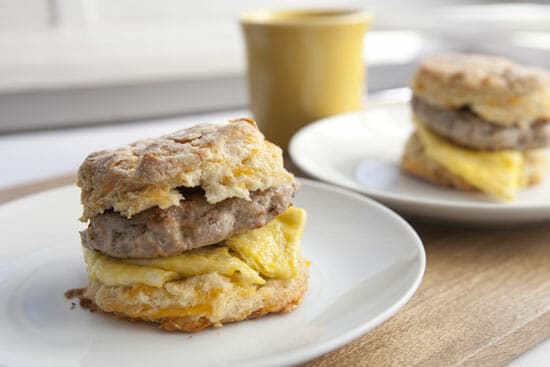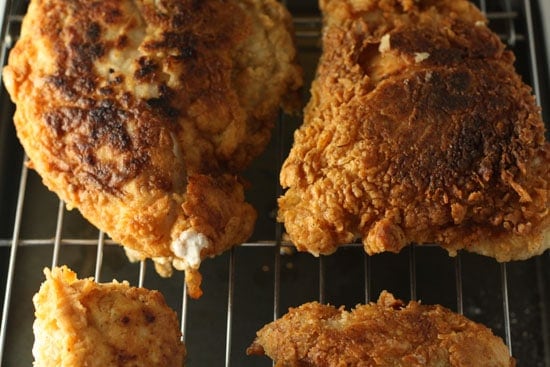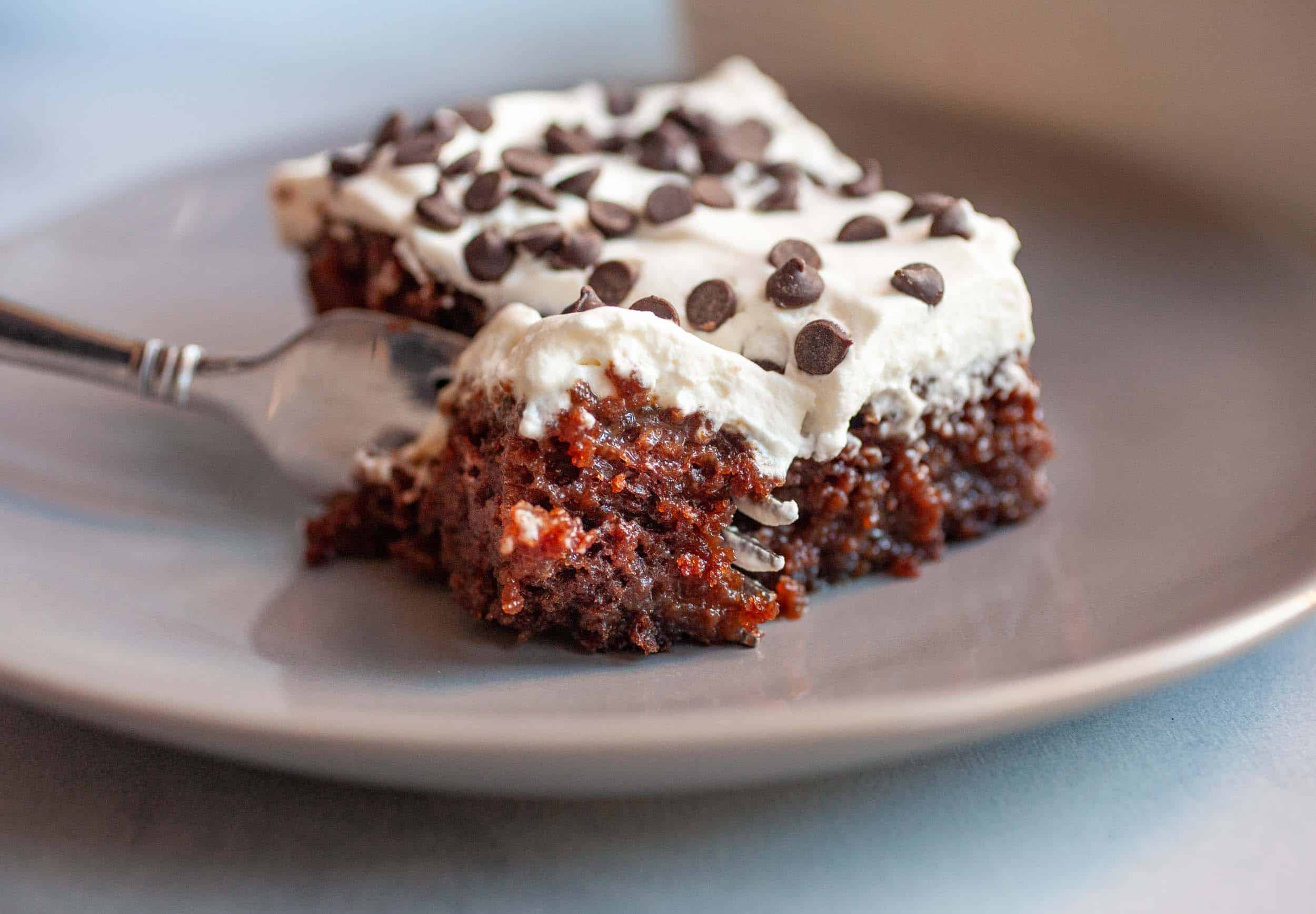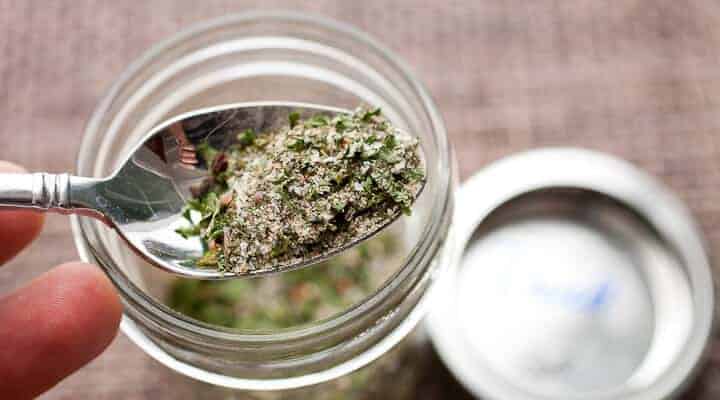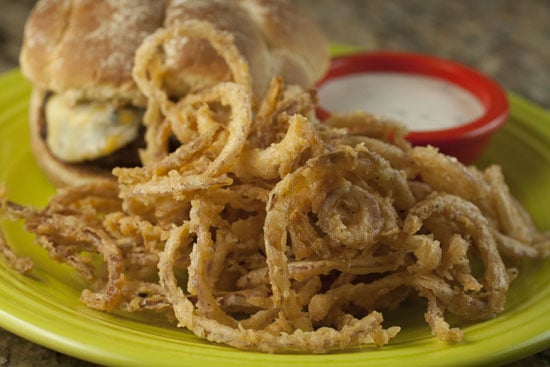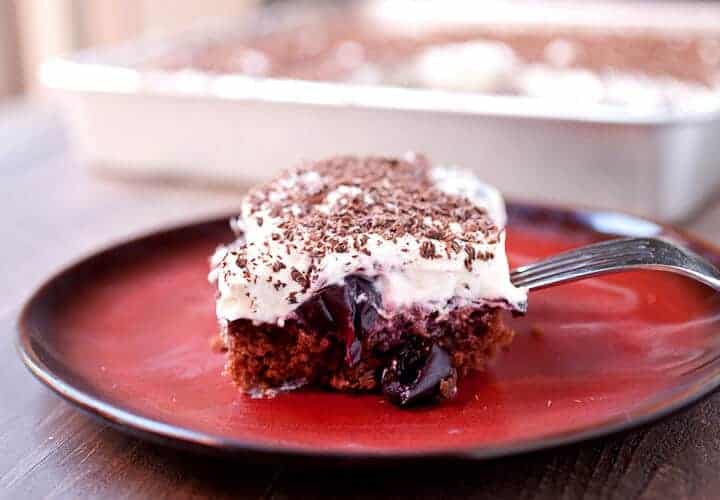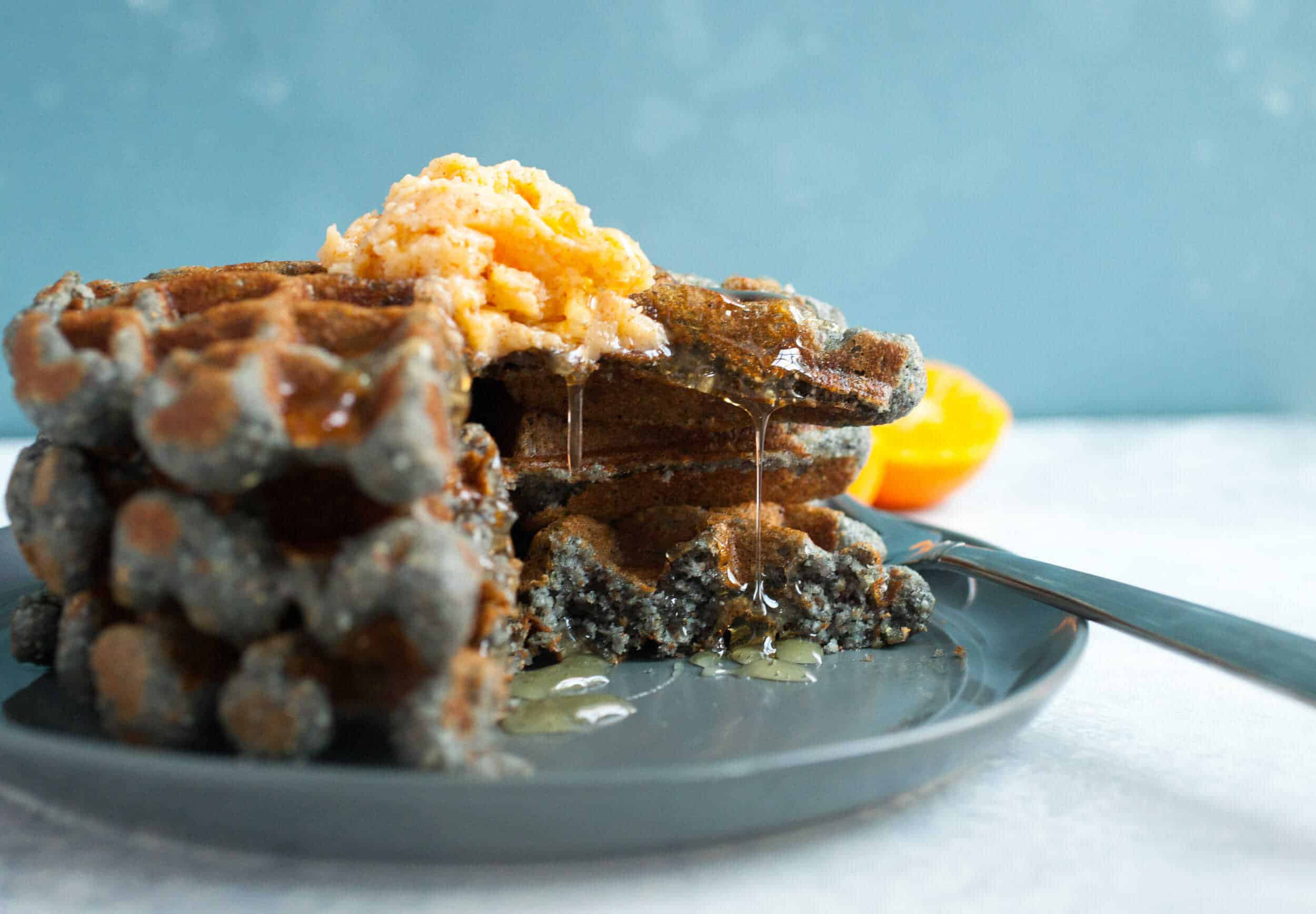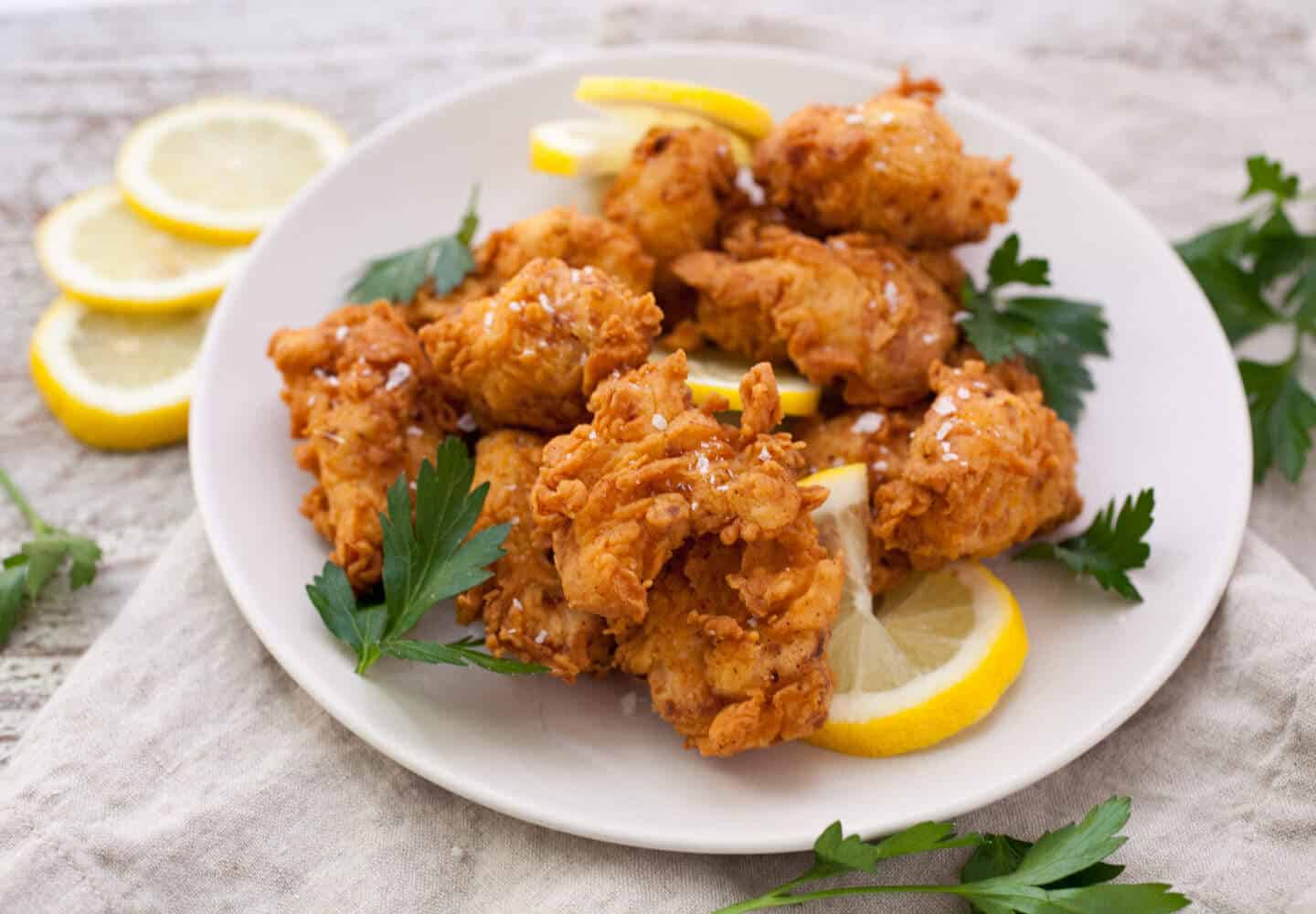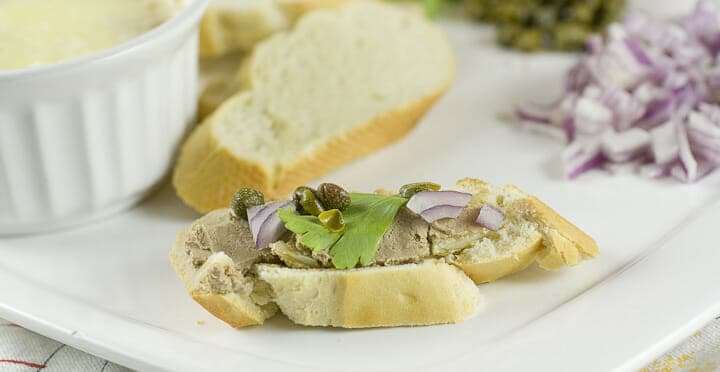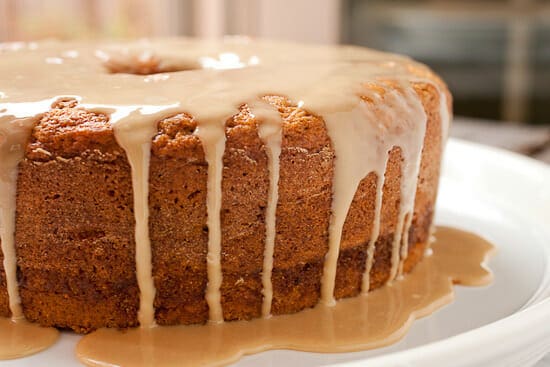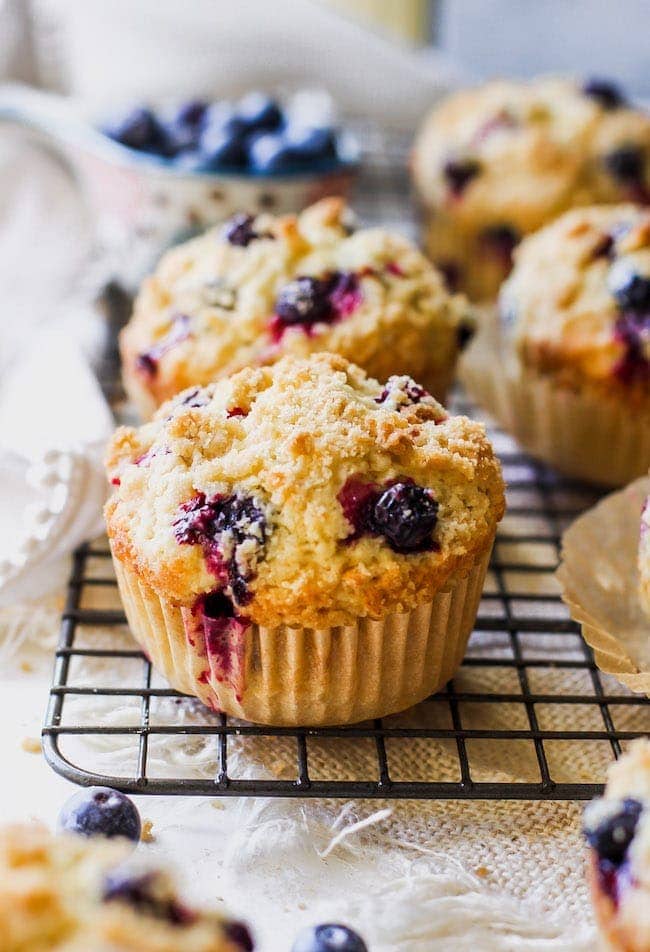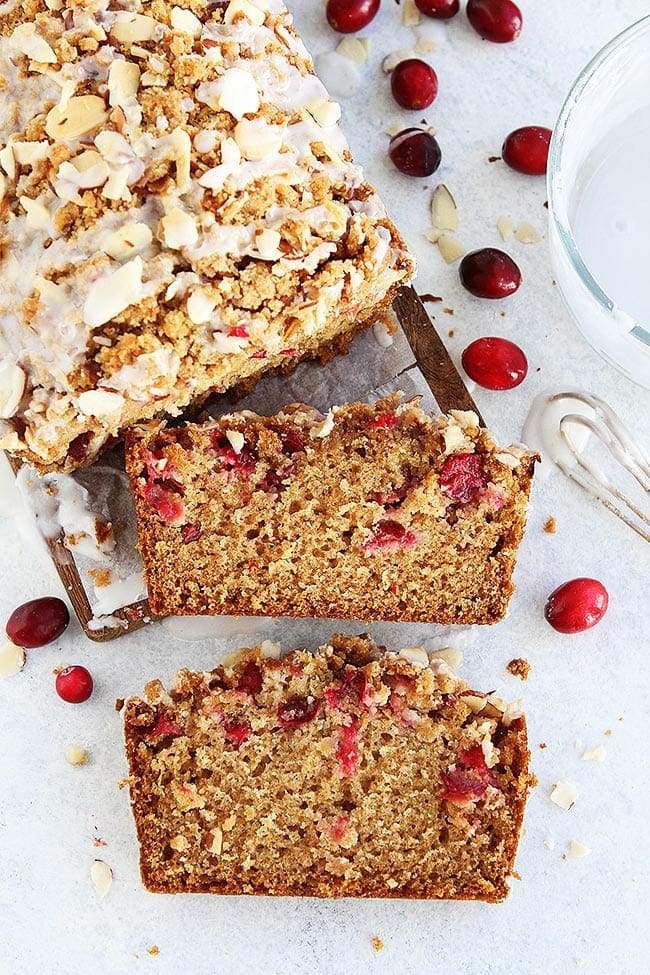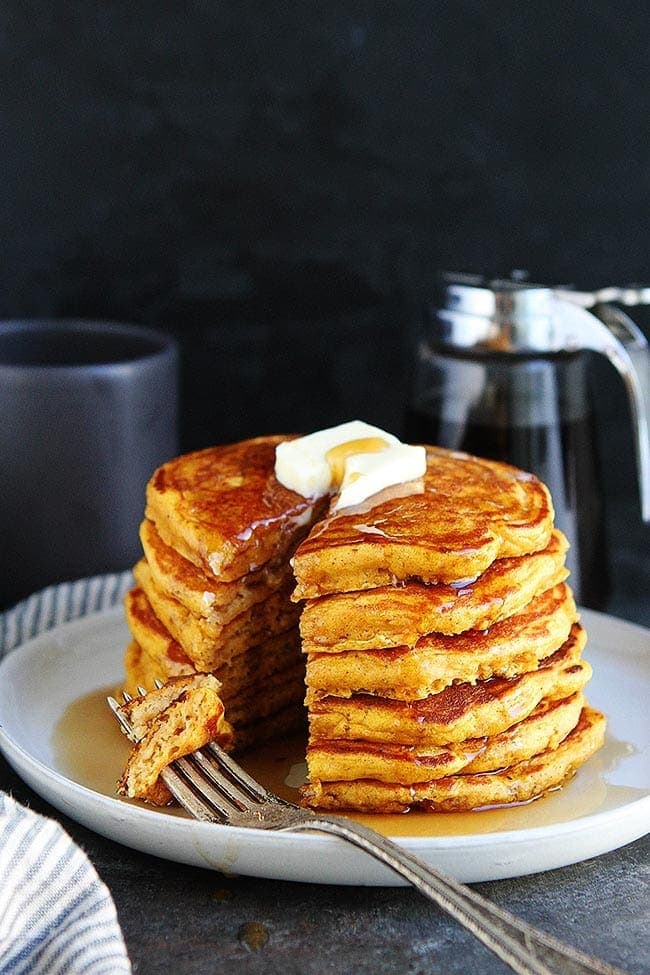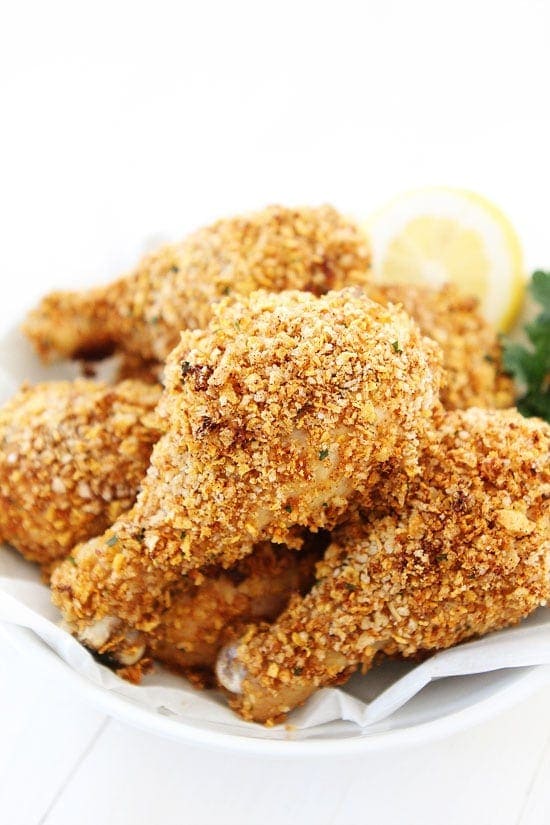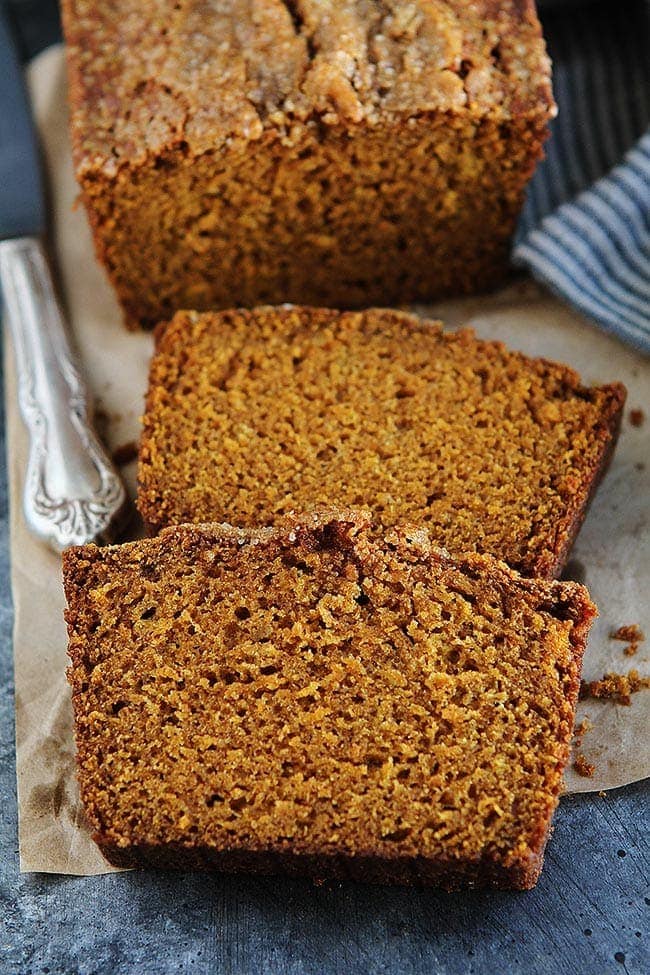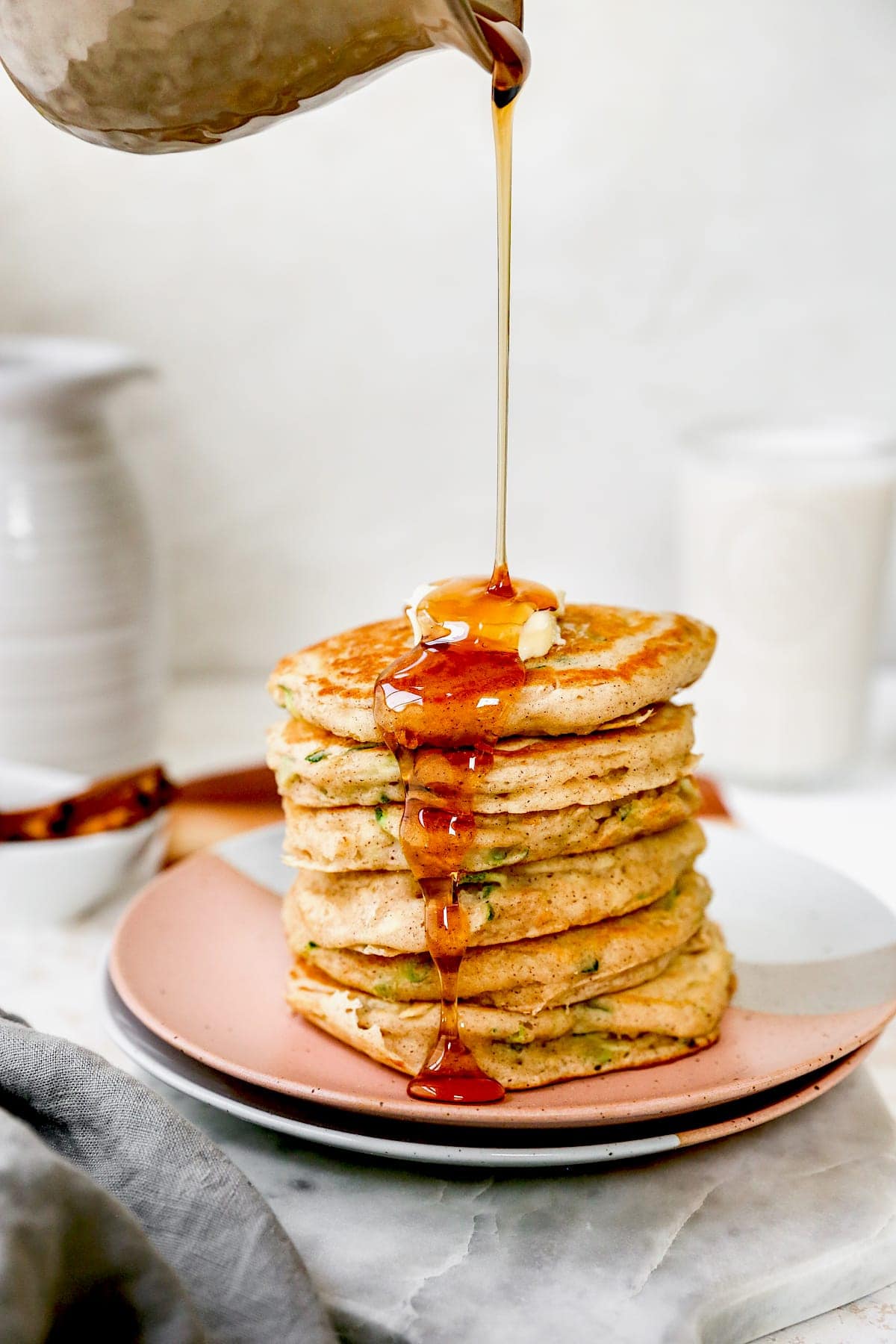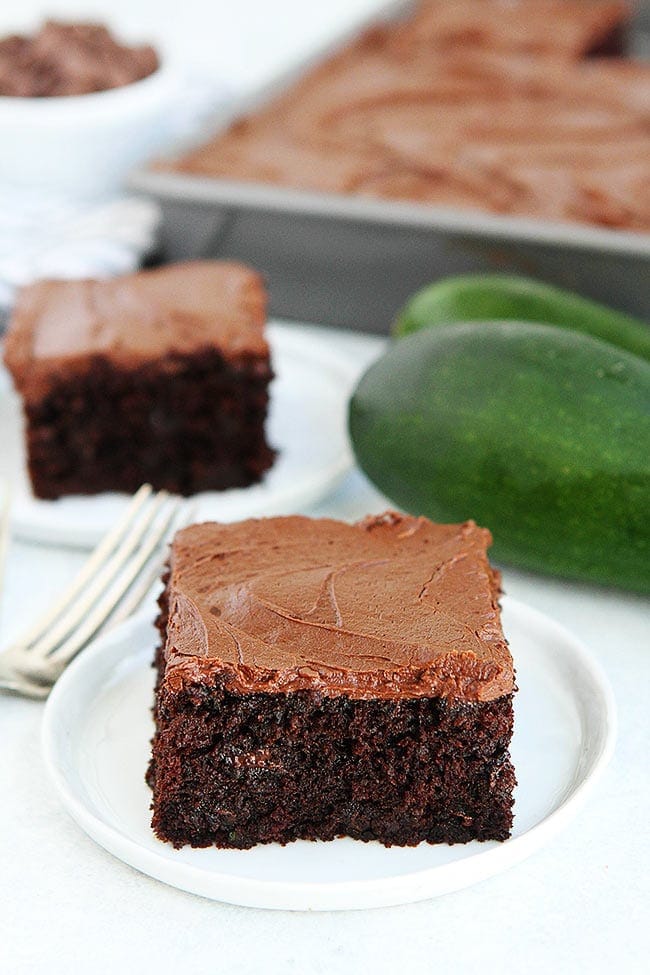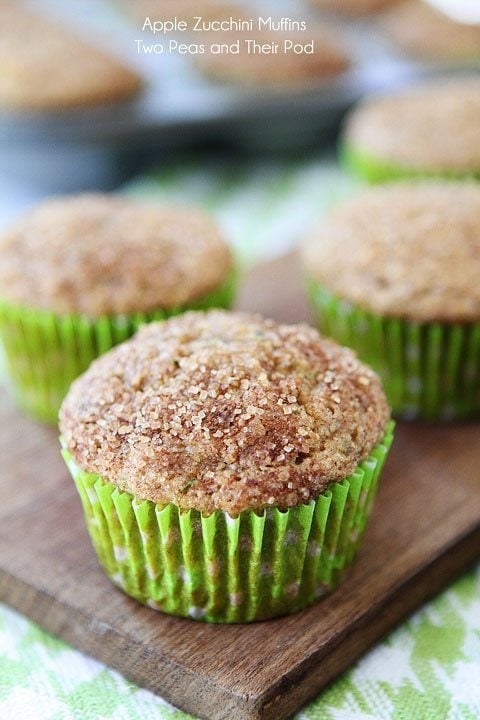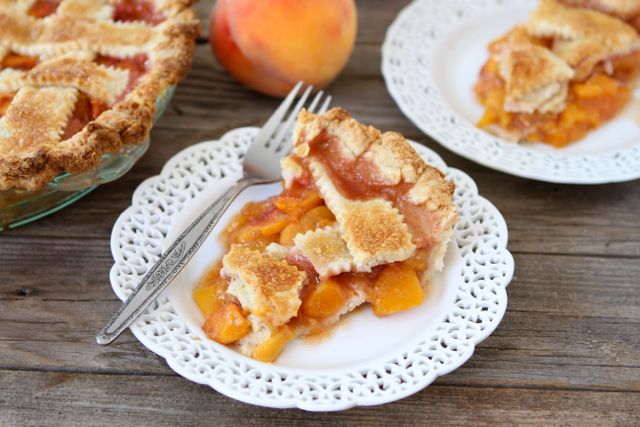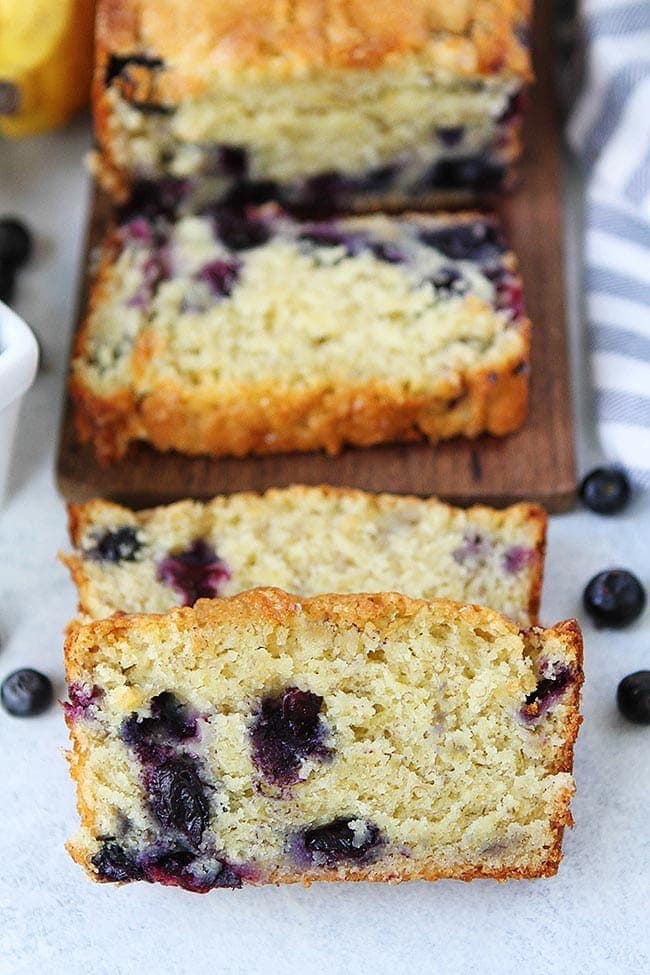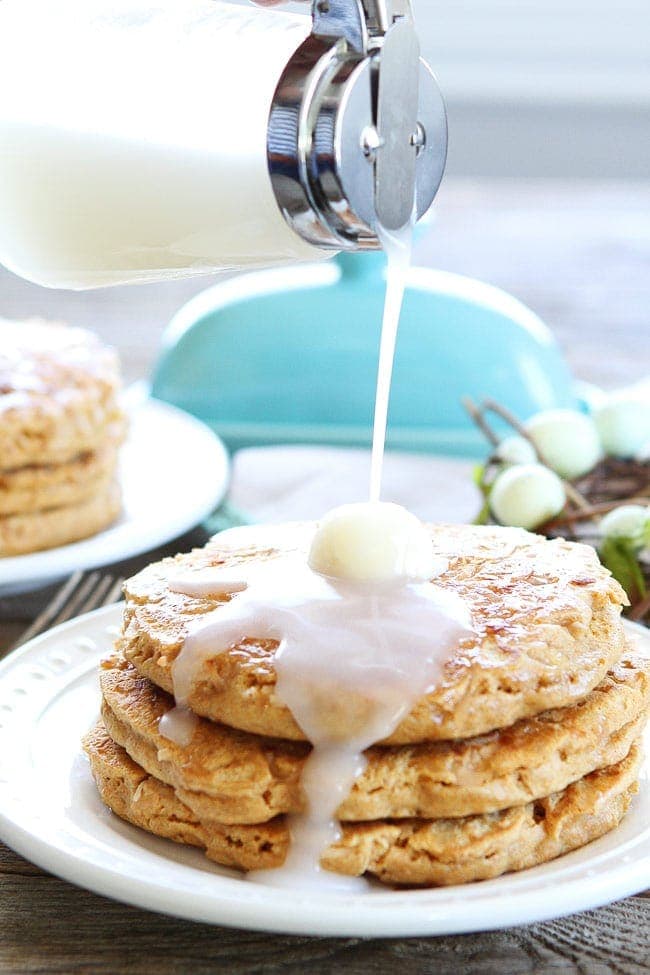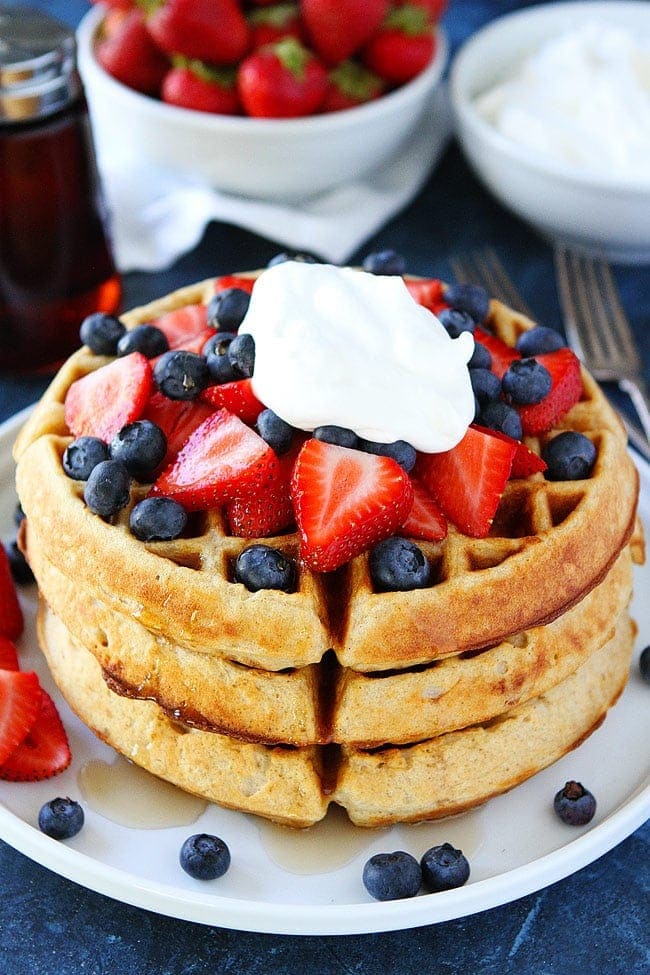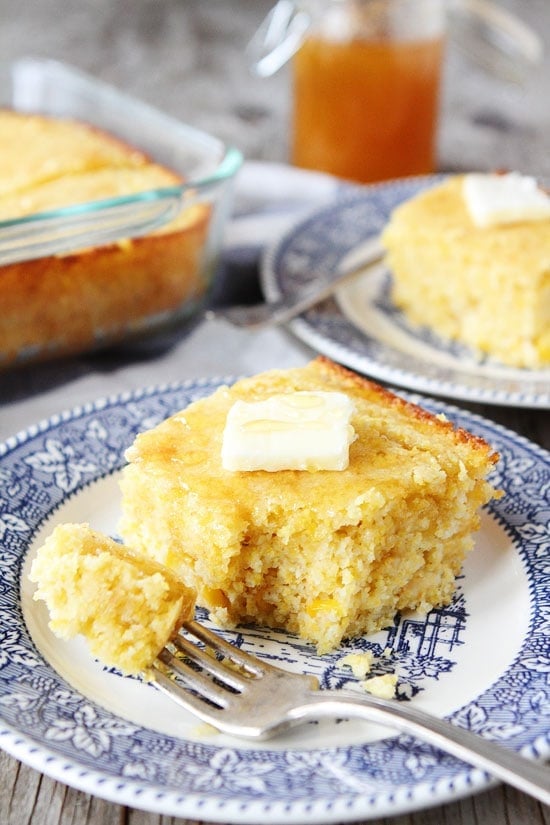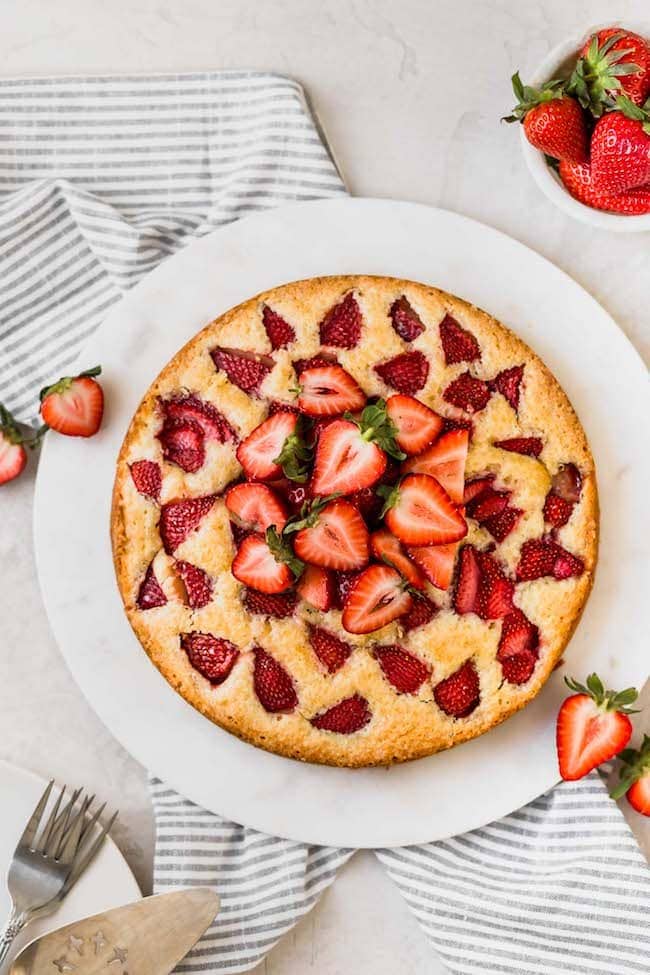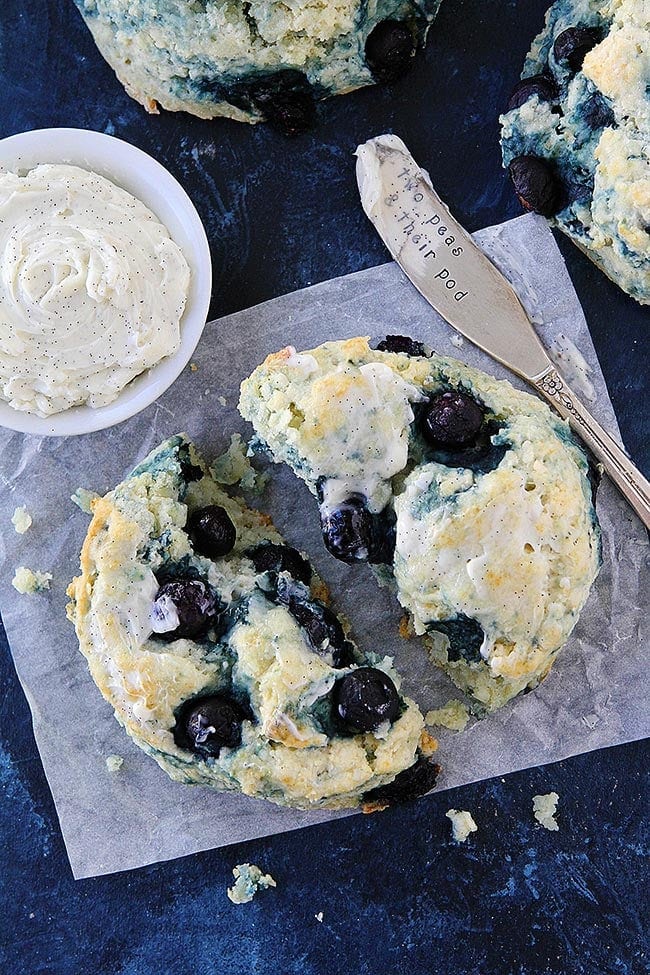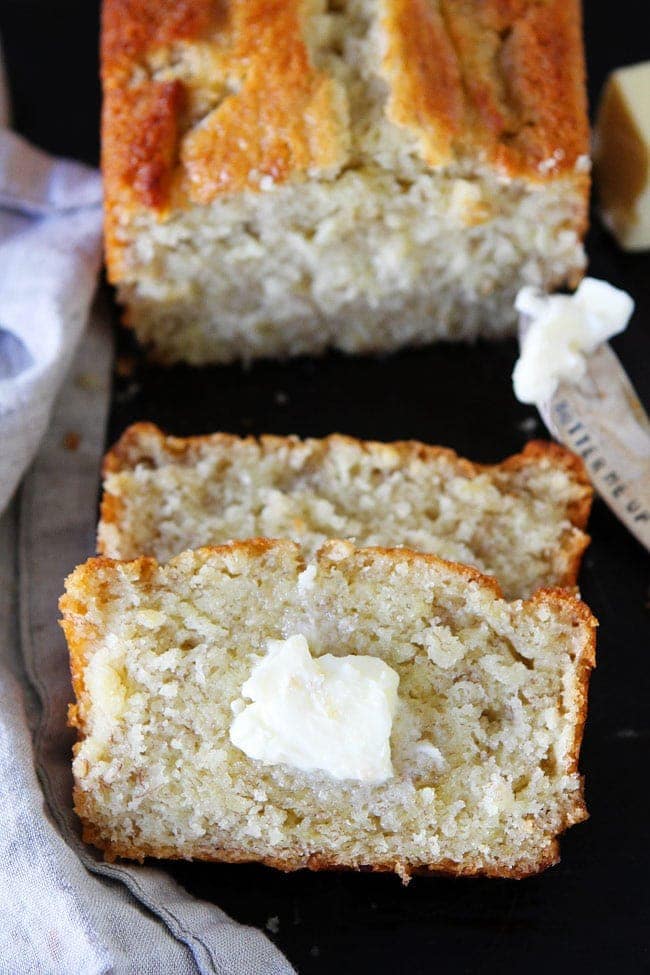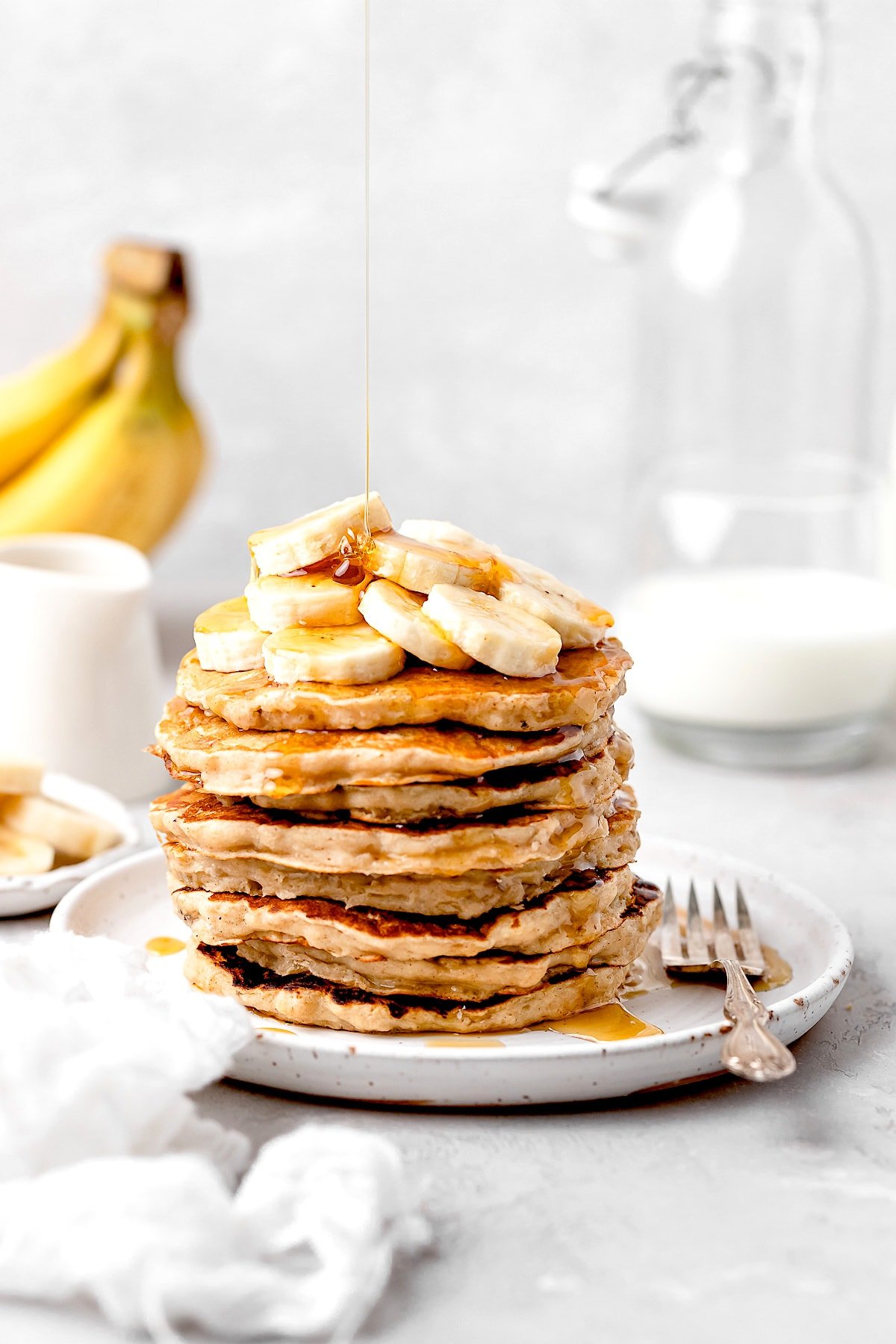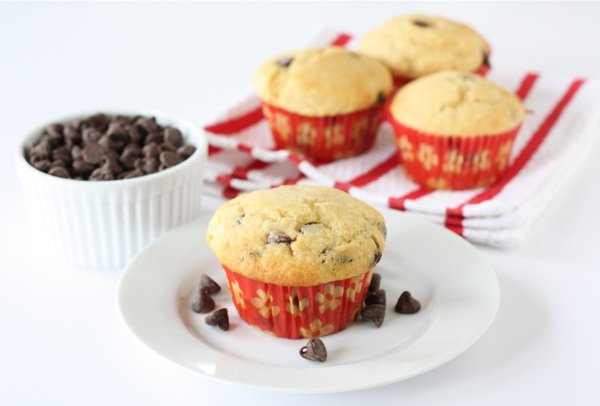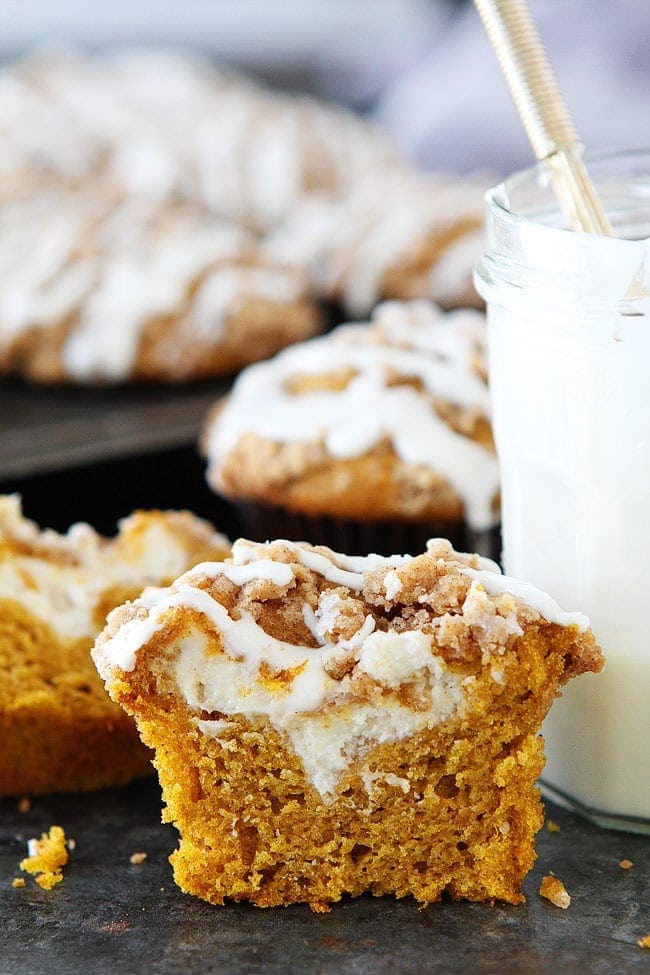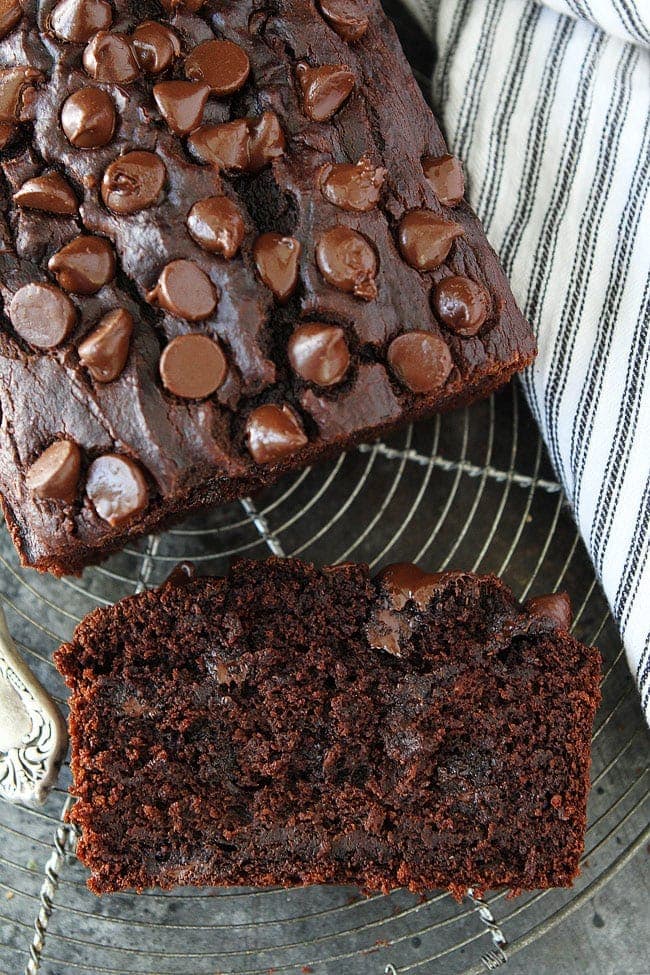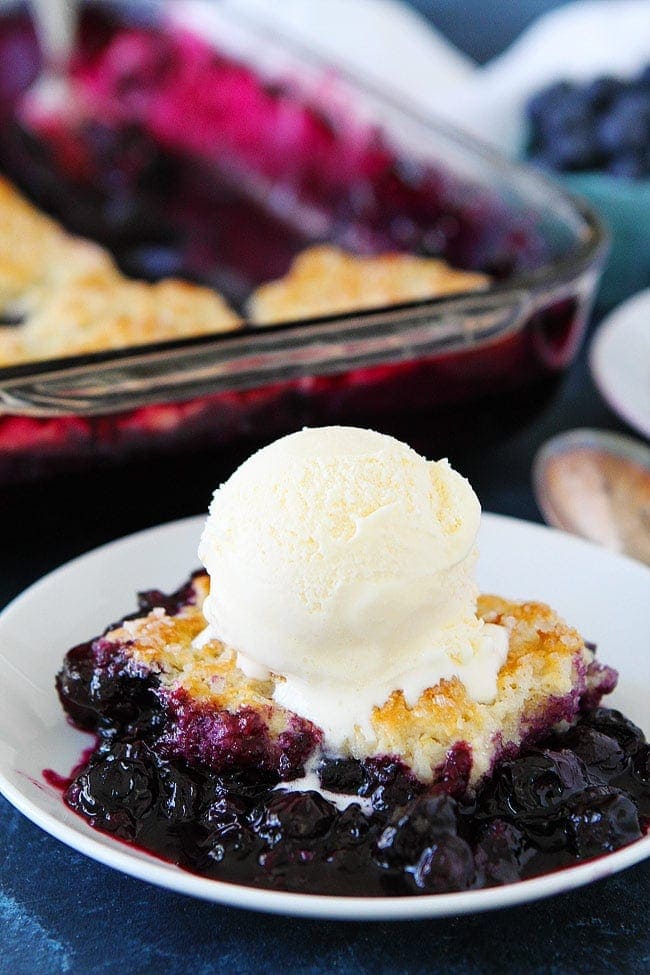Buttermilk: Important Facts, Health Benefits, and Recipes
Explore the health benefits, culinary uses, and history of buttermilk in our ultimate guide, and learn how to store, substitute, and make your own buttermilk at home.
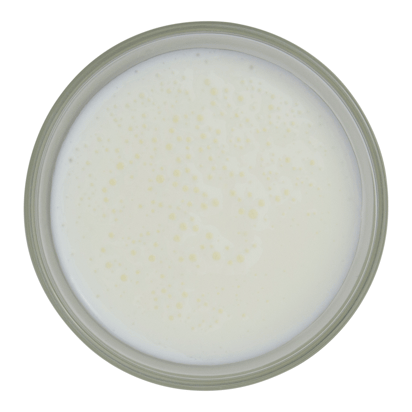
Nutritional Facts
1 cup
Amount per serving
Calories
151.9
Carbohydrates
12 g
Fat
8.1 g
Protein
7.9 g
Saturated Fat
4.7 g
Sodium
257.2 mg
Fiber
0 g
Sugar
12 g
Best Buttermilk Recipes
-
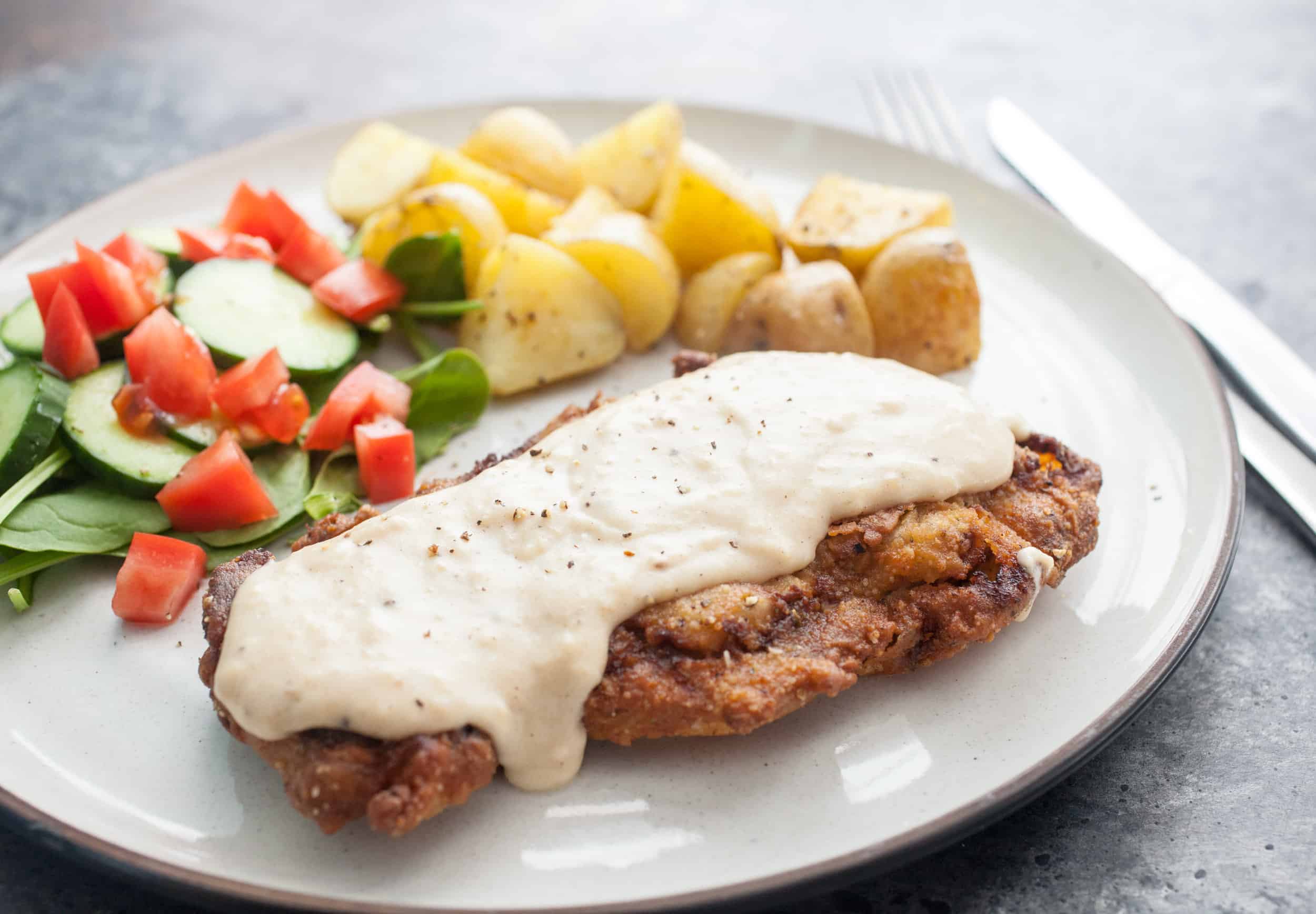
-
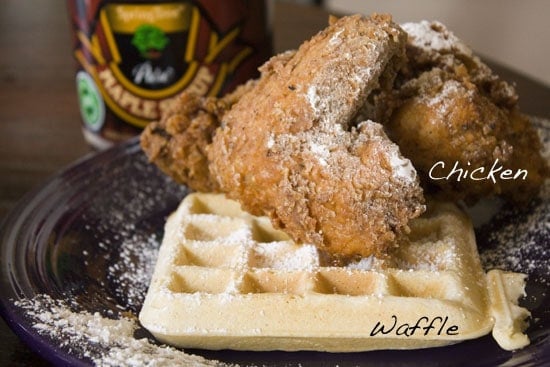
-
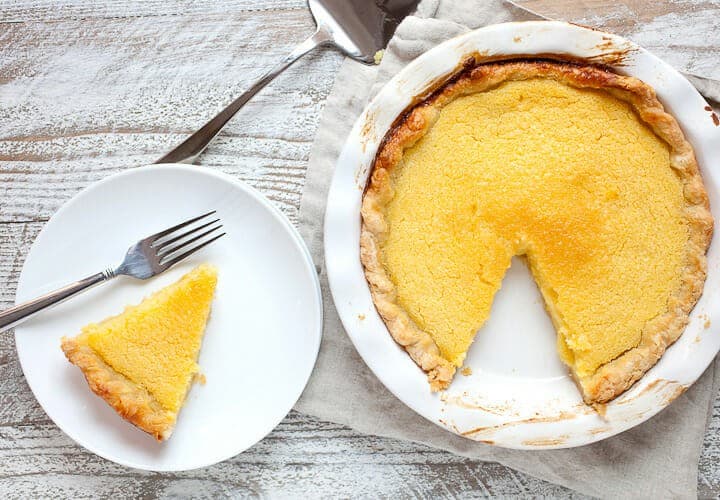
-
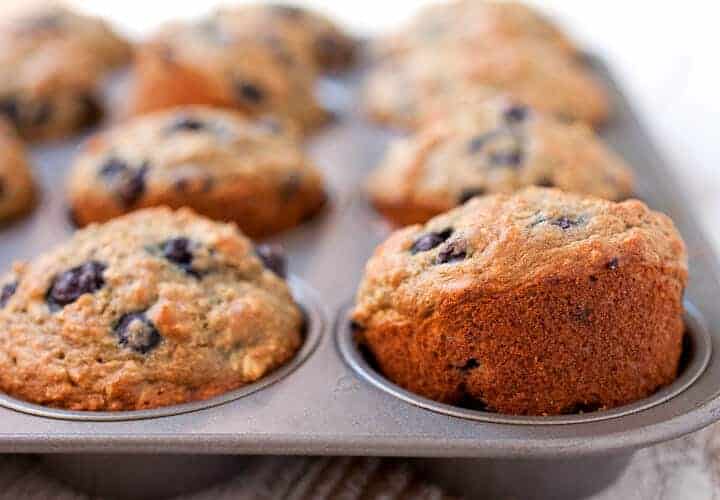
-
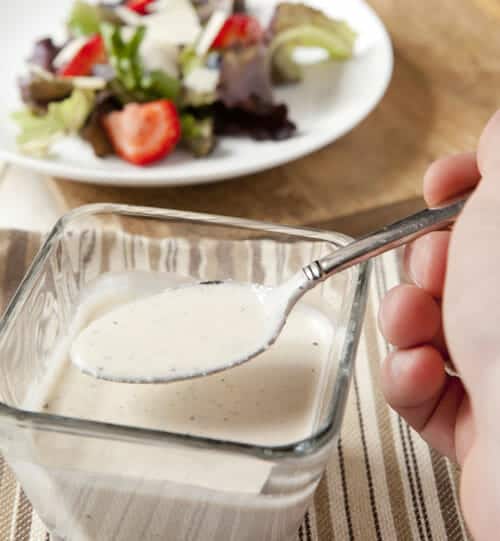
-
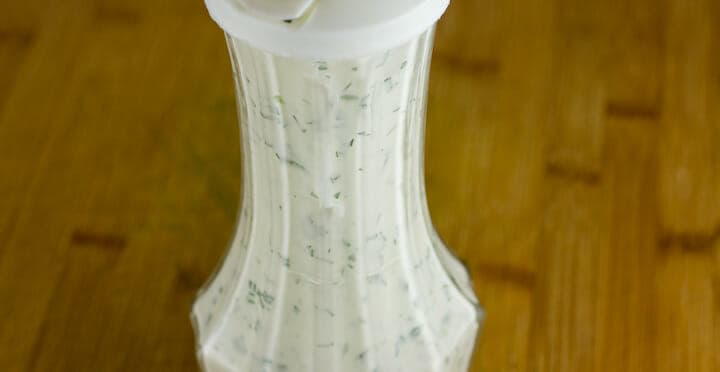
-

-
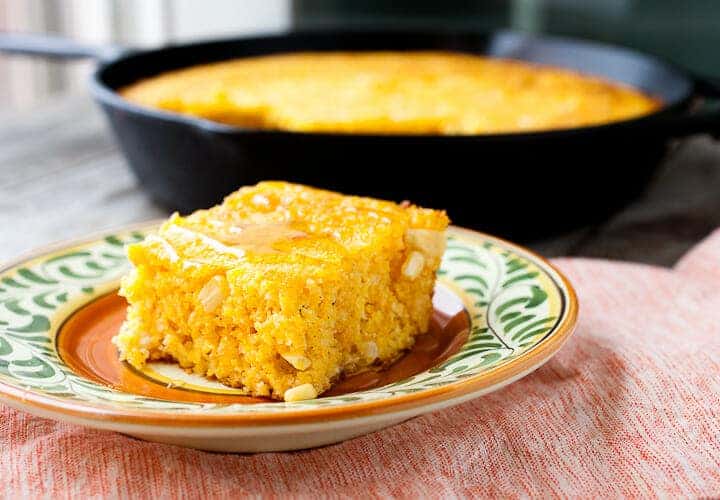
-
![Strawberry Waffles with Nutella Whipped Cream Image]()
-
![Cherry Chocolate Pancakes Image]()
-
![Fried Green Beans Image]()
-
![Jalapeno Hush Puppies Image]()
-
![Real Boneless Chicken Wings Image]()
-
![Sausage and Egg Biscuit Sandwich Image]()
-
![Baked Fried Chicken Image]()
-
![Better Than Sex Cake Image]()
-
![Three Dry Salad Dressing Mixes Image]()
-
![Red Onion Strings Image]()
-
![Buttermilk Biscuits Image]()
-
![Black Forest Sheet Cake Image]()
-
![Blue Corn Honey Waffles Image]()
-
![Basic Buttermilk Waffles Image]()
-
![Ad Hoc Chicken Nuggets Image]()
-
![Chicken Liver Pate Image]()
-
![Red Eye Biscuits and Gravy Image]()
-
![Coffee Coffee Cake Image]()
-
![Best Blueberry Muffins Image]()
-
![Cranberry Almond Bread Image]()
-
![Pumpkin Pancakes Image]()
-
![Buttermilk Oven Fried Chicken Image]()
-
![Pumpkin Bread Image]()
-
![Zucchini Pancakes Image]()
-
![Chocolate Zucchini Cake Image]()
-
![Apple Zucchini Muffins Image]()
-
![Peach Pie Image]()
-
![Blueberry Banana Bread Image]()
-
![Toasted Coconut Pancakes Image]()
-
![Belgian Waffles Image]()
-
![Easy Cornbread Image]()
-
![Strawberry Rhubarb Cobbler Image]()
-
![Strawberry Cake Image]()
-
![Blueberry Cream Cheese Biscuits Image]()
-
![Buttermilk Banana Bread Image]()
-
![Banana Pancakes Image]()
-
![Easy Chocolate Chip Muffins Image]()
-
![Pumpkin Cream Cheese Muffins Image]()
-
![Chocolate Pumpkin Bread Image]()
-
![Blueberry Cobbler Image]()


